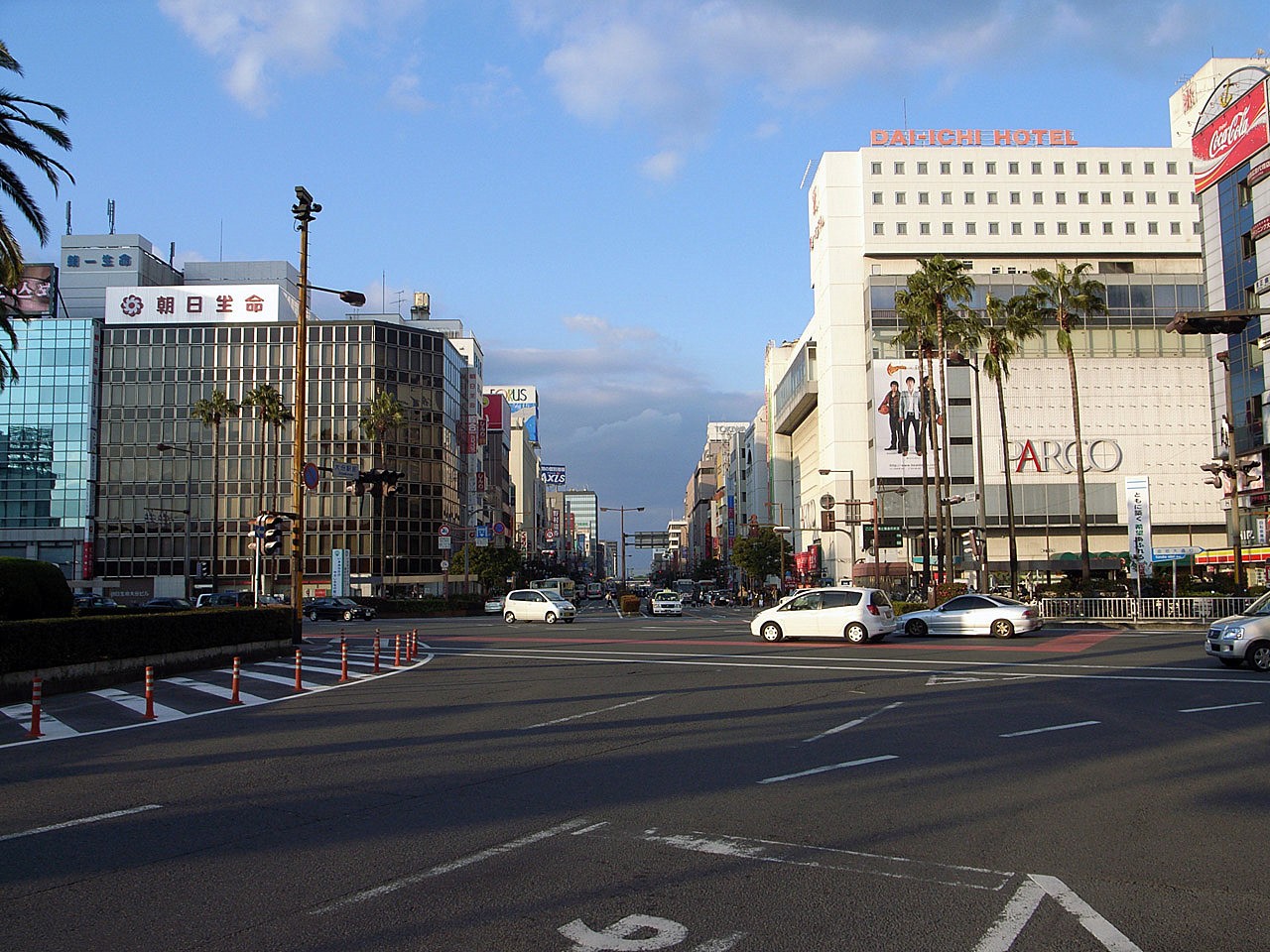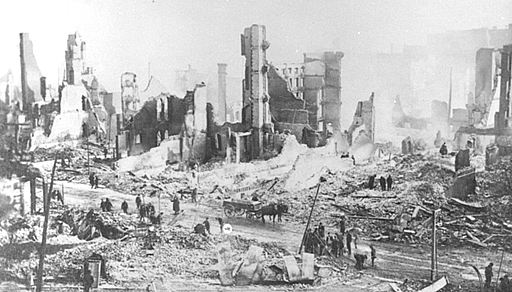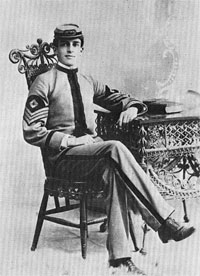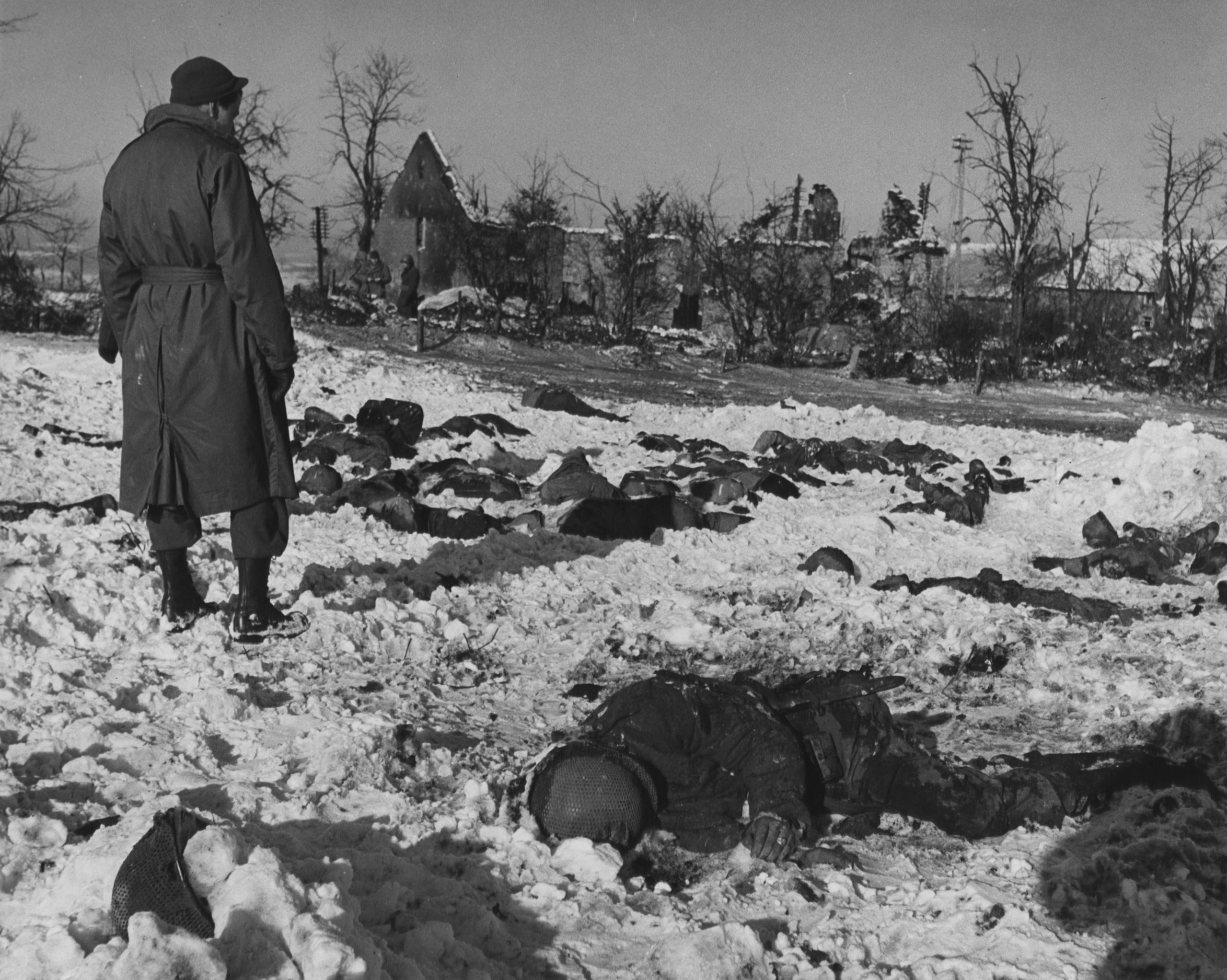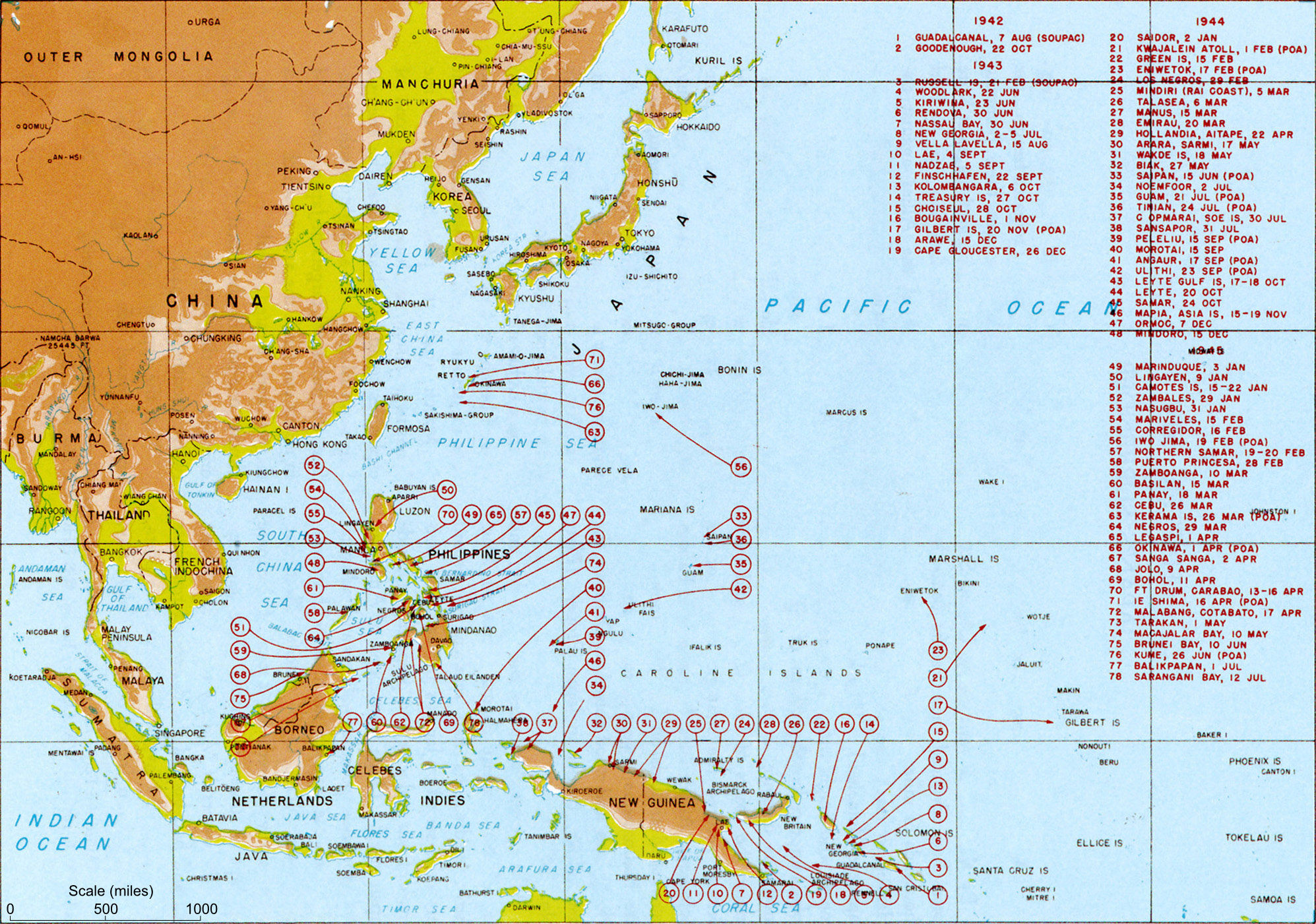|
Itō Hikozō
was a Japanese painter and illustrator. Early life Itō Hikozō was born in 1904 in the city of Ōita. He is alleged to be a descendant of the famous medieval swordsman Itō Ittōsai. In his youth, while working for ''The Asahi Shimbun'', Hikozō learned the art of creative illustration from Migita Toshihide. After contracting tuberculosis, Hikozō returned home to convalesce. He later also studied painting under the guidance of Hashimoto Kansetsu. 1932 blood-portrait of Emperor Jinmu In 1932, using an incision on his wrist as a palette and his own blood as pigment, Itō Hikozō painted a dramatic portrait of Emperor Jinmu. It was titled . It was dedicated with the following statement: . The portrait was presented to Araki Sadao, acting Minister of the Army . After the war Because he had produced artwork extolling legendary Imperial history and the samurai spirit, as well as hosting an , Itō was arrested by the American occupation authorities after the surrend ... [...More Info...] [...Related Items...] OR: [Wikipedia] [Google] [Baidu] |
Ōita (city)
file:Oita City Hall.jpg, Ōita City Hall is the capital Cities of Japan, city of Ōita Prefecture, located on the island of Kyushu, Japan. , the city had an estimated population of 474,804 in 230,867 households, and a population density of 950 persons per km2. The total area of the city is . Geography Ōita city is located in east-central Ōita Prefecture, facing Beppu Bay on the Seto Inland Sea. The Ōno River flows from the south to the east, and the Ōita River flows from the west to the west, with the main urban center on the west side of the mouth of the Ōita River, with the Ōita Plain consisting of deltas and alluvial plains formed by the Ōita River and the Ōno River, and surrounding hills. The Takashima area in of the city is within the borders of the Seto Inland Sea National Park. Neighboring municipalities Ōita Prefecture *Beppu, Ōita, Beppu to the northwest *Bungo-Ōno, Ōita, Bungo-Ōno to the south *Taketa, Ōita, Taketa to the southwest *Usuki, Ōita, Usu ... [...More Info...] [...Related Items...] OR: [Wikipedia] [Google] [Baidu] |
Army Ministry
The , also known as the Ministry of War, was the cabinet-level ministry in the Empire of Japan charged with the administrative affairs of the Imperial Japanese Army (IJA). It existed from 1872 to 1945. In the IJA and the Imperial Japanese Navy (IJN), the ministries were in charge of ''Gunsei'' (軍政, military administration), and Army General Staff Office and Navy General Staff were in charge of ''Gunrei'' (軍令, military command). The two were distinguished. History The Army Ministry was created in April 1872, along with the Navy Ministry, to replace the of the early Meiji government. Initially, the Army Ministry was in charge of both administration and operational command of the Imperial Japanese Army. However, with the creation of the Imperial Japanese Army General Staff Office in December 1878, it was left with only administrative functions. Its primary role was to secure the army budget, weapons procurement, personnel, relations with the National Diet and the Cab ... [...More Info...] [...Related Items...] OR: [Wikipedia] [Google] [Baidu] |
2004 Deaths
This is a list of lists of deaths of notable people, organized by year. New deaths articles are added to their respective month (e.g., Deaths in ) and then linked below. 2025 2024 2023 2022 2021 2020 2019 2018 2017 2016 2015 2014 2013 2012 2011 2010 2009 2008 2007 2006 2005 2004 2003 2002 2001 2000 1999 1998 1997 1996 1995 1994 1993 1992 1991 1990 1989 1988 1987 1986 Earlier years ''Deaths in years earlier than this can usually be found in the main articles of the years.'' See also * Lists of deaths by day * Deaths by year (category) {{DEFAULTSORT:deaths by year ... [...More Info...] [...Related Items...] OR: [Wikipedia] [Google] [Baidu] |
1904 Births
Events January * January 7 – The distress signal ''CQD'' is established, only to be replaced 2 years later by ''SOS''. * January 8 – The Blackstone Library is dedicated, marking the beginning of the Chicago Public Library system. * January 12 – The Herero Wars in German South West Africa begin. * January 17 – Anton Chekhov's last play, ''The Cherry Orchard'' («Вишнëвый сад», ''Vishnevyi sad''), opens at the Moscow Art Theatre directed by Constantin Stanislavski, 6 month's before the author's death. * January 23 – The Ålesund fire destroys most buildings in the town of Ålesund, Norway, leaving about 10,000 people without shelter. * January 25 – Halford Mackinder presents a paper on "The Geographical Pivot of History" to the Royal Geographical Society of London in which he formulates the Heartland Theory, originating the study of geopolitics. February * February 7 – The Great Baltimore Fire in Baltimore, Maryland, destroys over 1,500 build ... [...More Info...] [...Related Items...] OR: [Wikipedia] [Google] [Baidu] |
Senile
Dementia is a syndrome associated with many neurodegenerative diseases, characterized by a general decline in cognitive abilities that affects a person's ability to perform everyday activities. This typically involves problems with memory, thinking, behavior, and motor control. Aside from memory impairment and a disruption in thought patterns, the most common symptoms of dementia include emotional problems, difficulties with language, and decreased motivation. The symptoms may be described as occurring in a continuum over several stages. Dementia is a life-limiting condition, having a significant effect on the individual, their caregivers, and their social relationships in general. A diagnosis of dementia requires the observation of a change from a person's usual mental functioning and a greater cognitive decline than might be caused by the normal aging process. Several diseases and injuries to the brain, such as a stroke, can give rise to dementia. However, the most commo ... [...More Info...] [...Related Items...] OR: [Wikipedia] [Google] [Baidu] |
Douglas MacArthur
Douglas MacArthur (26 January 18805 April 1964) was an American general who served as a top commander during World War II and the Korean War, achieving the rank of General of the Army (United States), General of the Army. He served with distinction in World War I; as Chief of Staff of the United States Army, chief of staff of the United States Army from 1930 to 1935; as Supreme Commander, South West Pacific Area, Southwest Pacific Area, from 1942 to 1945 during WWII; as Supreme Commander for the Allied Powers overseeing the occupation of Japan from 1945 to 1951; and as head of the United Nations Command in the Korean War from 1950 to 1951. MacArthur was nominated for the Medal of Honor three times, and awarded it for his WWII service in the Philippines. He is one of only five people to hold the rank of General of the Army, and the only person to hold the rank of Field Marshal (Philippines), Field Marshal in the Philippine Army. MacArthur, the son of Medal of Honor recipient ... [...More Info...] [...Related Items...] OR: [Wikipedia] [Google] [Baidu] |
Christianity
Christianity is an Abrahamic monotheistic religion, which states that Jesus in Christianity, Jesus is the Son of God (Christianity), Son of God and Resurrection of Jesus, rose from the dead after his Crucifixion of Jesus, crucifixion, whose coming as the Messiah#Christianity, messiah (Christ (title), Christ) was Old Testament messianic prophecies quoted in the New Testament, prophesied in the Old Testament and chronicled in the New Testament. It is the Major religious groups, world's largest and most widespread religion with over 2.3 billion followers, comprising around 28.8% of the world population. Its adherents, known as Christians, are estimated to make up a majority of the population in Christianity by country, 157 countries and territories. Christianity remains Christian culture, culturally diverse in its Western Christianity, Western and Eastern Christianity, Eastern branches, and doctrinally diverse concerning Justification (theology), justification and the natur ... [...More Info...] [...Related Items...] OR: [Wikipedia] [Google] [Baidu] |
Camp Zama
is a United States Army post located in the cities of Zama, Kanagawa, Zama and Sagamihara, in Kanagawa Prefecture, Japan, about southwest of Tokyo. Camp Zama is home to the U.S. Army Japan (USARJ), I Corps (Forward), U.S. Army Aviation Battalion Japan "Ninjas", 500th Military Intelligence Brigade (United States), 311th Military Intelligence Battalion, Japan Engineer District (U.S. Army Corps of Engineers), 78th Signal Battalion and the Bilateral Coordination Department and 4th Engineer Group of the Japan Ground Self-Defense Force. Camp Camp Zama is close to the Sagami River near the foothills of the Tanzawa Mountains in Kanagawa Prefecture. The installation falls in the Zama City limits while the two housing areas, Camp Zama and Sagamihara Housing Area, Sagamihara Family Housing Area (SFHA), are located in the adjacent Sagamihara City. Once considered rural, this area has transformed into an urban area. New housing developments and communities along with shopping centers have ... [...More Info...] [...Related Items...] OR: [Wikipedia] [Google] [Baidu] |
War Crime
A war crime is a violation of the laws of war that gives rise to individual criminal responsibility for actions by combatants in action, such as intentionally killing civilians or intentionally killing prisoners of war, torture, taking hostages, unnecessarily destroying civilian property, deception by perfidy, wartime sexual violence, pillaging, and for any individual that is part of the command structure who orders any attempt to committing mass killings (including genocide or ethnic cleansing), the granting of no quarter despite surrender, the conscription of children in the military, and flouting the legal Indiscriminate attack, distinctions of Proportionality (law), proportionality and military necessity. The formal concept of war crimes emerged from the codification of the customary international law that applied to warfare between sovereign states, such as the Lieber Code (1863) of the Union Army in the American Civil War and the Hague Conventions of 1899 and 1907 for int ... [...More Info...] [...Related Items...] OR: [Wikipedia] [Google] [Baidu] |
Political Crime
In criminology, a political crime or political offence is an offence that prejudices the interests of the state or its government. States may criminalise any behaviour perceived as a threat, real or imagined, to the state's survival, including both violent and non-violent opposition. A consequence of such criminalisation may be that a range of human rights, civil rights, and freedoms are curtailed, and conduct which would not normally be considered criminal ''per se'' (in other words, that is not antisocial according to those who engage in it) is criminalised at the convenience of the group holding power. Thus, there may be a question of the morality of a law which simply criminalises ordinary political dissent, even though the majority of those who support the current regime may consider criminalisation of politically motivated behaviour an acceptable response when the offender is driven by more extreme political, ideological, religious or other beliefs. Political crime is to ... [...More Info...] [...Related Items...] OR: [Wikipedia] [Google] [Baidu] |
Surrender Of Japan
The surrender of the Empire of Japan in World War II was Hirohito surrender broadcast, announced by Emperor Hirohito on 15 August and formally Japanese Instrument of Surrender, signed on 2 September 1945, End of World War II in Asia, ending the war. By the end of July 1945, the Imperial Japanese Navy (IJN) was incapable of conducting major operations and an Operation Downfall, Allied invasion of Japan was imminent. Together with the United Kingdom and Republic of China (1912–49), China, the United States called for the unconditional surrender of Japan in the Potsdam Declaration on 26 July 1945—the alternative being "prompt and utter destruction". While publicly stating their intent to fight on to the bitter end, Japan's leaders (the Supreme War Council (Japan), Supreme Council for the Direction of the War, also known as the "Big Six") were privately making entreaties to the publicly neutral Soviet Union to mediate peace on terms more favorable to the Japanese. While mainta ... [...More Info...] [...Related Items...] OR: [Wikipedia] [Google] [Baidu] |
Occupation Of Japan
Japan was occupied and administered by the Allies of World War II from the surrender of the Empire of Japan on September 2, 1945, at the war's end until the Treaty of San Francisco took effect on April 28, 1952. The occupation, led by the American military with support from the British Commonwealth and under the supervision of the Far Eastern Commission, involved a total of nearly one million Allied soldiers. The occupation was overseen by the US General Douglas MacArthur, who was appointed Supreme Commander for the Allied Powers by the US president Harry S. Truman; MacArthur was succeeded as supreme commander by General Matthew Ridgway in 1951. Unlike in the occupations of Germany and Austria, the Soviet Union had little to no influence in Japan, declining to participate because it did not want to place Soviet troops under MacArthur's direct command. This foreign presence marks the only time in the history of Japan that it has been occupied by a foreign power. Howe ... [...More Info...] [...Related Items...] OR: [Wikipedia] [Google] [Baidu] |
